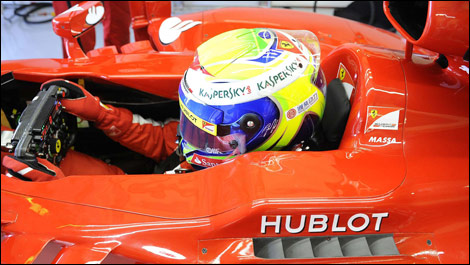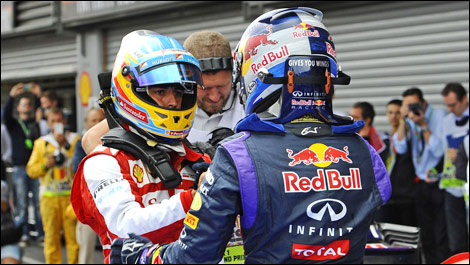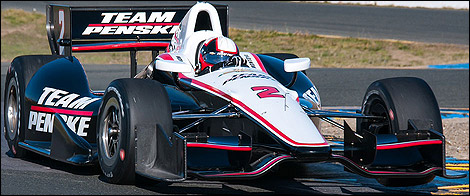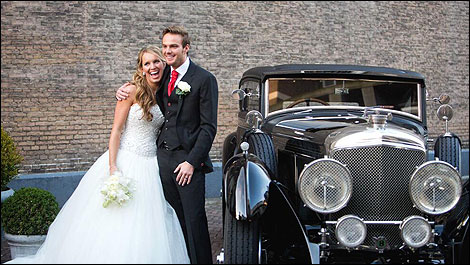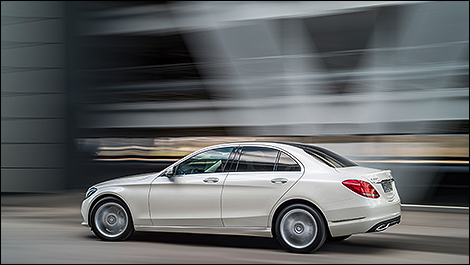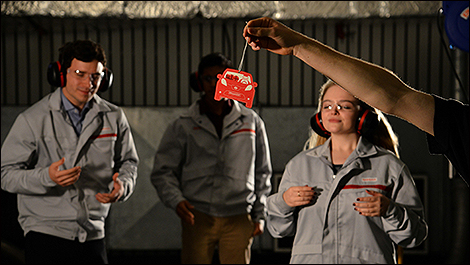Each practice and qualifying session of the Formula 1 teams is rigorously planned and detailed in advance, long before the cars are even transported to the circuits.
Everything that needs to be done during the day appears on what is called a “run sheet.” We got Friday's run sheet of the Brazilian Grand Prix for Daniel Ricciardo from Scuderia Toro Rosso.
 |
| "Practice stop only stop" in the pit box. (Photo: René Fagnan) |
It must be noted that this was the intended run sheet. Rain forced Toro Rosso to change its plans.
Note that some crucial and sensitive information has been removed from the sheet by the team.
 |
| Photo: Toro Rosso |
On the top left corner, we see that Daniel Ricciardo was assigned chassis STR8-01. The box on the right side shows the initial settings of all the buttons and switches of the steering wheel.
The day starts at 10 a.m. sharp with Run No. 1. It consists of a double installation lap where Ricciardo and the team check the function of the STR8. “Double” means that the driver has to complete two installation laps instead of just one, as is normally done.
The car is shod on tire set number 1951, made of four new Pirelli 2014 prototypes.
The car then returns to the garage where the mechanics perform a “usual car check.”
 |
| Photo: Toro Rosso |
Run No. 2 will go from 10:13 to 10:17. It consists of another double installation lap. This time the car is shod on set 1901 of new, hard tires.
As we can read in red, Ricciardo selects Mix4 (4 on air-fuel mixture ratio) and EM3 (3 on engine mode). In green, CSP means Constant Speed Pass when the driver is asked to maintain a constant speed along a designed straight. This is performed to verify if real-life numbers for downforce and drag correspond with data obtained from the wind tunnel.
In blue, “Practice stop only stop” means that Ricciardo will enter the pit lane and will stop in his box just as he would during the actual race for a tire change.
For the 9-lap Run 4, the Australian is asked to perform a burn-out to lay down some rubber in his pit box. The driver is also asked to modify the torque setting of the engine (TRQ 4) for this run.
During that run, the car will complete 9 timed laps, but will cover a total of 11 laps (including the out-lap and in-lap).
“FRH adjustment” means to modify the Front Ride Height of the car (the gap between the bottom of the front chassis and the road).
During FP1's morning session, Ricciardo would have completed 37 laps of the Interlagos circuit, making three long runs of nine laps each.
Friday afternoon's FP2
At 14:00 (2 p.m.), the Australian goes out for a six-lap run on set No. 1952 of new prototype tires.
 |
| Photo: Toro Rosso |
Ricciardo will then complete one five-lap run on a set of new hard tires, and another one on a set of new medium tires (to verify car handling and tire wear between Option and Prime tires).
On his 9th and final run of the day, Ricciardo is asked to perform a practice start at the exit of the pit lane, and to do a long run of 20 laps on set No. 1911 of used medium (Option) tires. He is also asked not to use the DRS during that run.
At the bottom, in red, we can see that the team has planned to perform a pit stop to change tires, and Ricciardo would be asked to reset switches and brake balance, since his Toro Rosso would be shod on a set of new tires.
At the end of the day, Ricciardo would have completed 82 laps, or 353 km of the Brazilian circuit.
The left bottom box shows that the car was powered by Ferrari engine No. 1208. The number of kilometres covered during the day is then subtracted from the total amount of km the V8 is scheduled to run.
Information that has been blanked by the team includes crucial details such as temperature of the tire warmers, tire pressures, quantity of fuel in the car, KERS utilization, and adjustments made to the car.
 |
| View inside the garage of Toro Rosso. (Photo: Red Bull Media) |
 The latest auto news, reviews, prices, product and vehicle releases.
The latest auto news, reviews, prices, product and vehicle releases. 